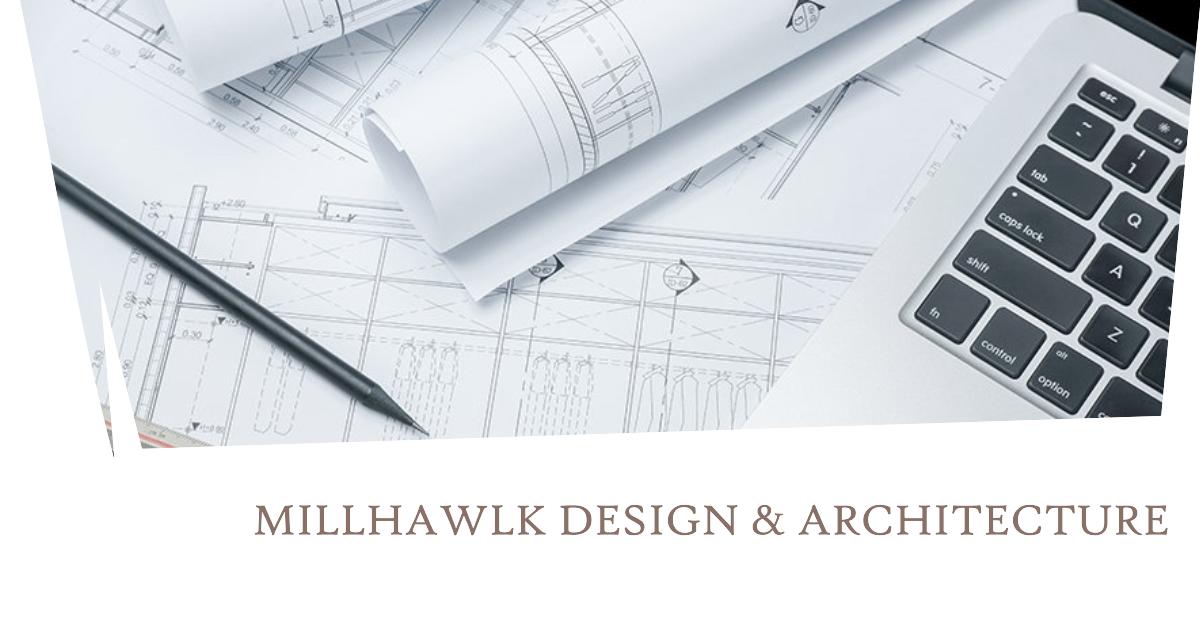What is ADA Compliance in architecture?
ADA Compliance in architecture refers to the adherence to the Americans with Disabilities Act (ADA) guidelines in the design and construction of buildings and spaces. These guidelines are put in place to ensure that individuals with disabilities have equal access to public and commercial spaces.
Why is ADA Compliance important in architecture?
ADA Compliance is important in architecture because it promotes inclusivity and accessibility for all individuals, regardless of their physical abilities. By following ADA guidelines, architects and designers can create spaces that are safe, functional, and welcoming for everyone.
Key elements of ADA Compliance in architecture
Some key elements of ADA Compliance in architecture include accessible entrances, ramps, handrails, doorways, and restrooms. These features are designed to accommodate individuals with disabilities and ensure that they can navigate and use the space independently.
Challenges in achieving ADA Compliance in architecture
One of the challenges in achieving ADA Compliance in architecture is the need to balance aesthetics with functionality. Designers must find creative solutions to incorporate accessibility features without compromising the overall design and aesthetic appeal of the space.
In need of a design or architecture service? Get in touch now and find out about our services.
Millhawlk has the best team of professionals in the region!
Architecs Near me? We help you
Benefits of ADA Compliance in architecture
The benefits of ADA Compliance in architecture are numerous, including increased usability, safety, and comfort for individuals with disabilities. Additionally, ADA-compliant spaces are more likely to attract a diverse range of users and customers, leading to greater inclusivity and social equity.
Common misconceptions about ADA Compliance in architecture
One common misconception about ADA Compliance in architecture is that it is only necessary for new construction projects. In reality, existing buildings and spaces must also be retrofitted to meet ADA guidelines and ensure accessibility for all individuals.
Future trends in ADA Compliance in architecture
As awareness of accessibility issues continues to grow, the future of ADA Compliance in architecture is likely to focus on innovative design solutions that prioritize inclusivity and universal design principles. Architects and designers will need to stay informed about evolving ADA guidelines and best practices to create truly accessible spaces.
Conclusion
In conclusion, ADA Compliance in architecture is essential for creating inclusive and accessible spaces that benefit all individuals, regardless of their physical abilities. By prioritizing ADA guidelines and incorporating accessibility features into their designs, architects and designers can help promote equality and diversity in the built environment.






